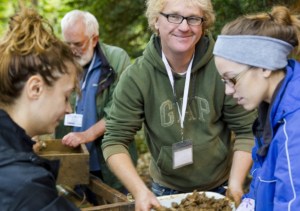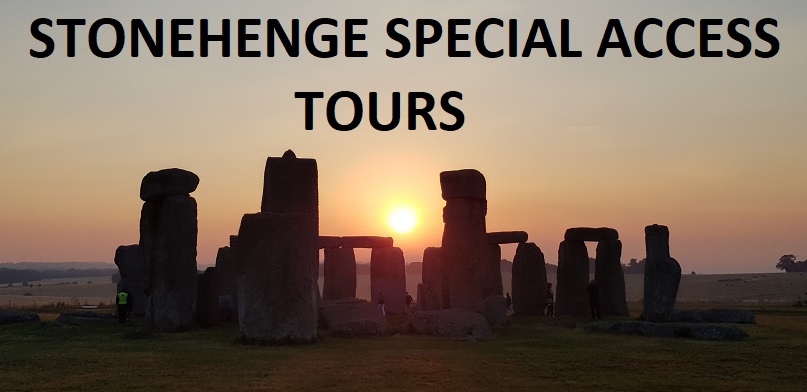RESEARCHERS have made the breakthrough discovery that engraved chalk plaques at Stonehenge depict real objects and not only abstract patterns, as was previously thought.
- The four chalk plaques were found in Stonehenge’s vicinity between 1968–2017
- Experts have said they are among the ‘most spectacular’ British engraved chalks
- The surface of the plaques was mapped by Wessex Archaeology researchers
- One of the plaques contains a representation of a twisted cord, from real life
Engraved chalk plaques from the Late Neolithic found in the Stonehenge area depict real objects — not only abstract patterns, as previously thought — a study has found.
Considered among the most spectacular examples of Prehistoric British engraved chalk, the four plaques were found within three miles of each other from 1968–2017.
Two of the stones, for example, were recovered from the so-called ‘Chalk Plaque Pit’ as a product of the construction work to widen the A303 back in 1968.
The subject of extensive study, the decorated stones have now been scanned using a special texture mapping technique by experts from Wessex Archaeology.
The imaging has revealed previously unseen elements in the artworks — most of which appear to be geometric designs — which exhibit a range of artistic abilities.
Specifically, the archaeologists said, the engravings on the chalk plaques demonstrate deliberate, staged composition, execution and detail.
And one of the carvings on ‘plaque 1’ from the chalk pit, in particular, appears to be a representation of a twisted cord — an object likely known to the artist in life.
The team believe the plaques’ art styles may have been integrated into elements of Middle Neolithic culture, forming a ‘golden age’ of chalk art in the Late Neolithic

‘The application of modern technology to ancient artefacts has allowed us not only a better understanding of the working methods of the Neolithic artists,’ began paper author Matt Leivers, also of Wessex Archaeology.
‘But also a rare glimpse into their motivations and mindsets,’ he concluded.
The full findings of the study were published in the journal Proceedings of the Prehistoric Society.
Stonehenge relevant links:
Unravelling the mystery of Stonehenge’s chalk plaques – DAILY MAIL
Innovative technology sheds new light on Prehistoric chalk plaques from Stonehenge – WESSEX ARCHAELOGY
Guided Tours of Stonehenge with megalithic experts – STONEHENGE GUIDED TOURS
Stonehenge breakthrough as ‘revolutionary technology’ exposes ‘previously unseen features’ – DAILY EXPRESS
Stonehenge Plaques Hold Secret Cultural Data, Says New Study – ANCIENT ORIGINS
The local Stonehenge touring experts based in Salisbury – THE STONEHENGE TRAVEL COMPANY
Stonehenge Chalk Plaques – SILENT EARTH
The Stonehenge News Blog
Follow us on Twitter and Facebook for all the latest Stonehenge News
http://www.Stonehenge.News
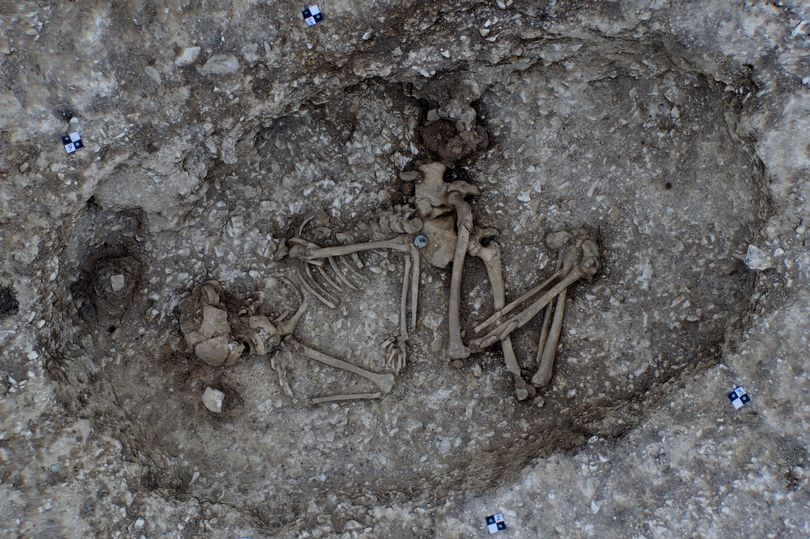
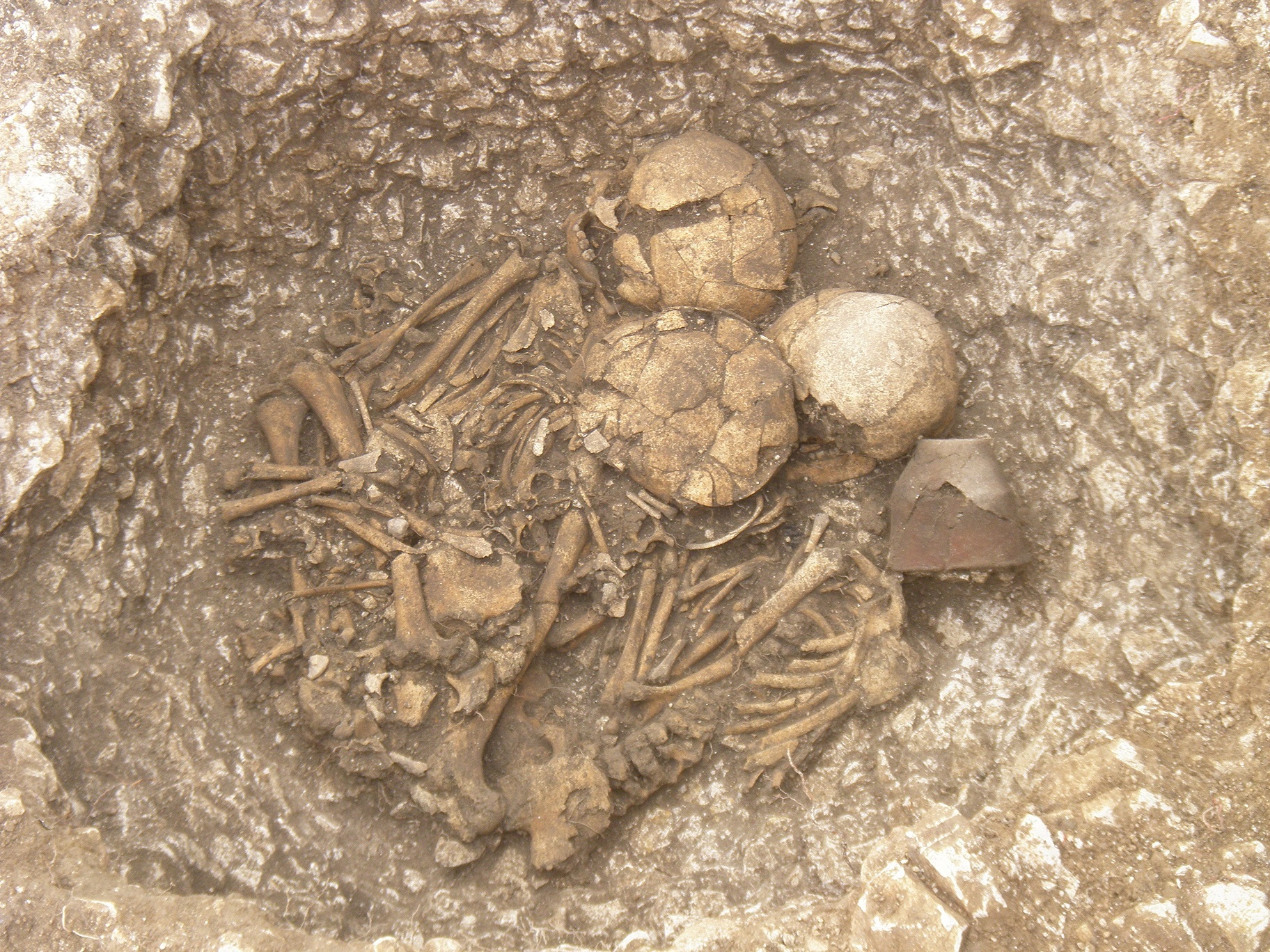
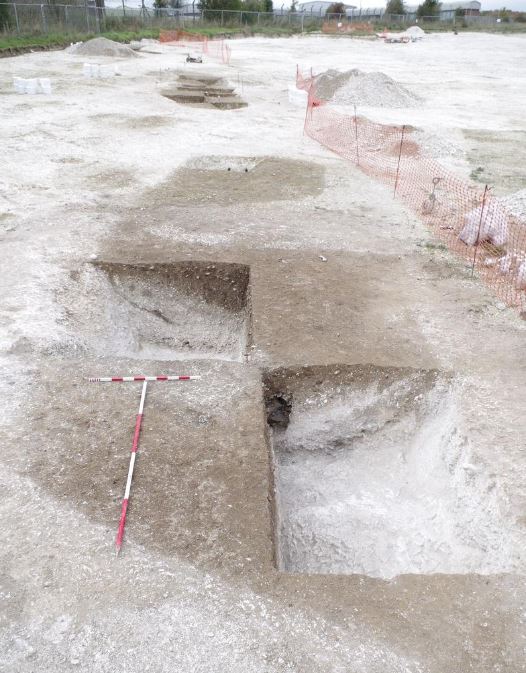
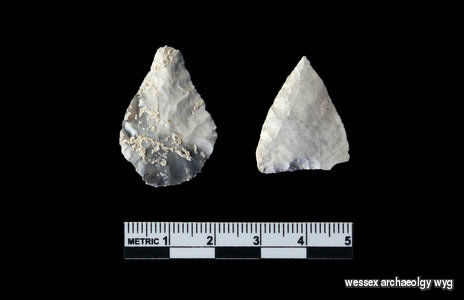
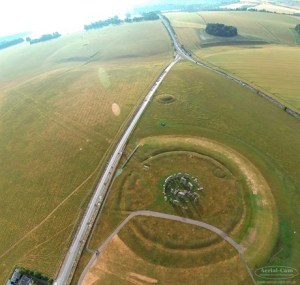
![A reconstruction drawing of how the prehistoric village of Durrington Walls might have looked in 2500BC [Credit: English Heritage]](https://blog.stonehenge-stone-circle.co.uk/wp-content/uploads/2015/10/eh-durrington.jpg)




